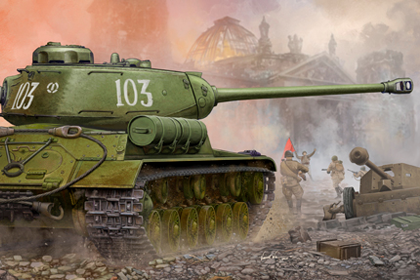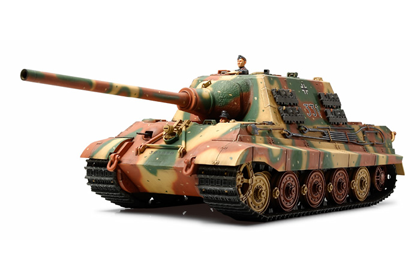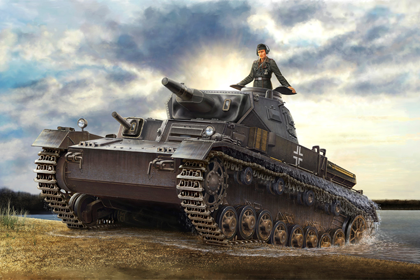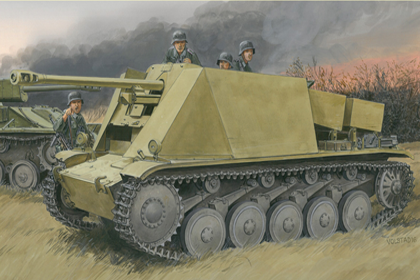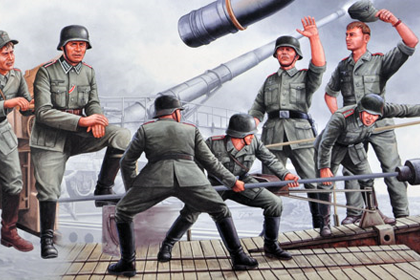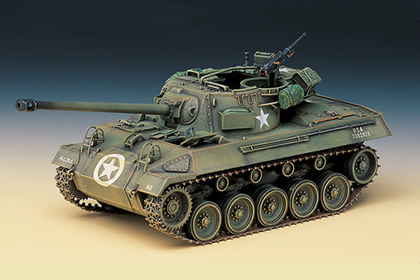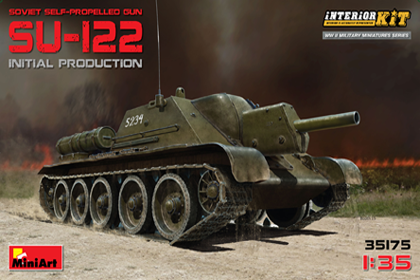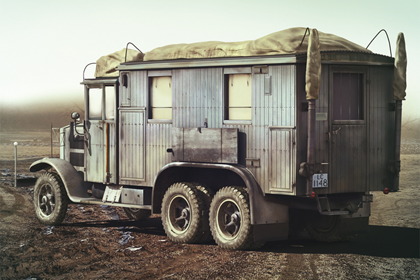This is the Trumpeter 05547 kit in 1/35 scale, of the ‘Russian T-10A Heavy Tank’.

History
The biggest differences from its direct ancestor, the IS-3, were a longer hull, seven pairs of road wheels instead of six, a larger turret mounting a new gun with fume extractor, an improved diesel engine, and increased armour. General performance was similar, although the T-10 could carry more ammunition.
T-10s (like the IS tanks they replaced) were deployed in independent tank regiments belonging to armies, and independent tank battalions belonging to divisions. These independent tank units could be attached to mechanized units, to support infantry operations and perform breakthroughs.
Manufacturer
Where I got it
- Stoppel Hobby (May 2017)
